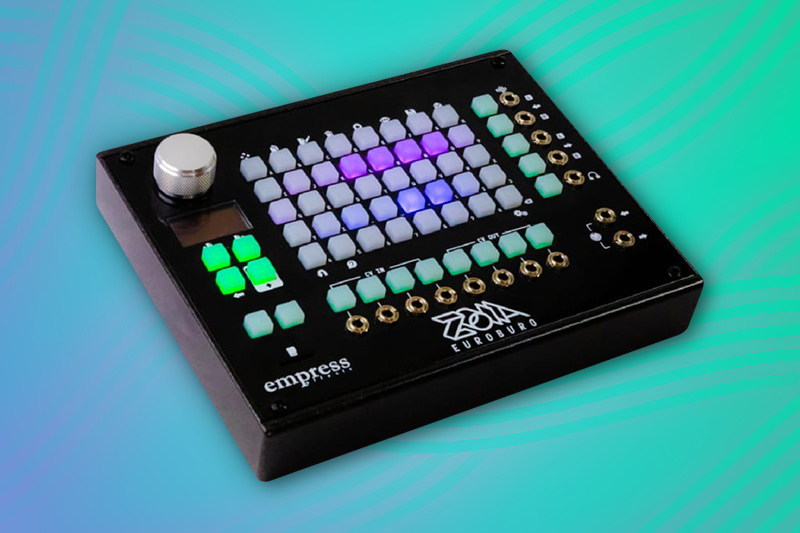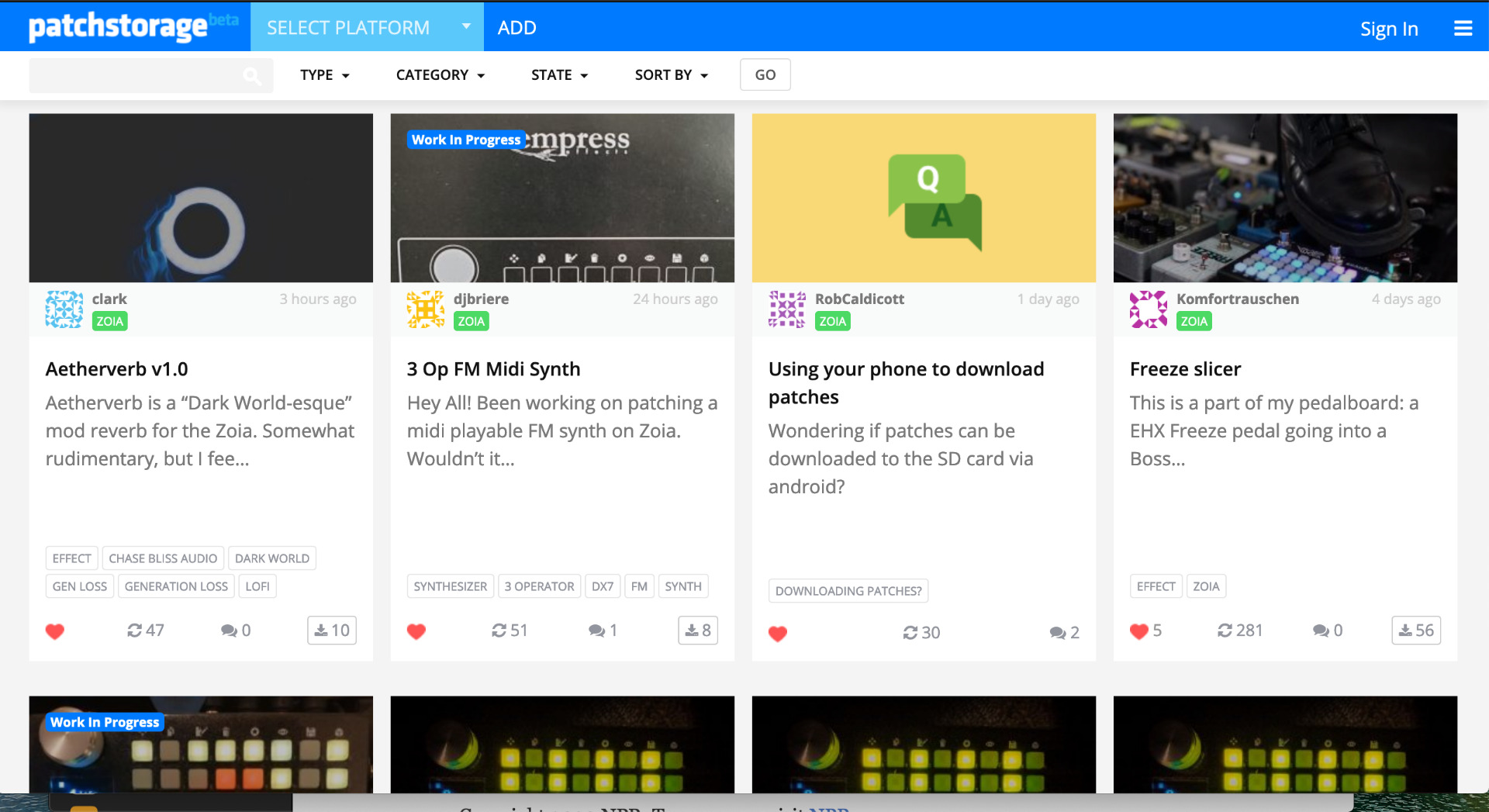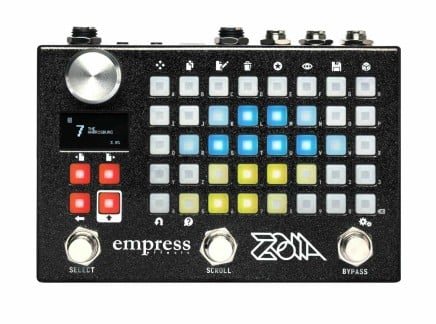In our recent Perfect Circuit Chat, we caught up with Mitch Lantz from Empress Effects to talk about the upcoming release of ZOIA Euroburo, which can be generally described as a modular synthesizer in a single module. For those unfamiliar with the original, ZOIA hosts a collection of virtual modules ranging from oscillators, filters and effects to simple utilities, envelope generators and logic that can be patched internally in countless ways to create synthesizers, effects processors, sequencers, and so on. This made the original ZOIA a dream for pedal users: with a little bit of learning, it can be virtually any sort of pedal you wanted and more.
Of course, that sort of approach proved to be hugely attractive to synthesizer users: and because of its thorough options for internal control and even external MIDI control, many people use ZOIA as a full synthesizer as well as an effect processor. Naturally, we wondered from the start what a modular iteration of the ZOIA might look like...and now it seems that it is on the way.

What is Euroburo?
The idea of Euroburo was conceived around the same time as the pedal version of ZOIA, however its development took a little longer. But the wait is justified, even if only by the sheer amount of connectivity that the module provides. Euroburo sports four CV inputs, and an equivalent amount of control voltage outputs (that alone is a significant upgrade from the pedal). There is also a pair of stereo audio I/O, and a dedicated headphone output. To top it off, the module is equipped with MIDI input and output.
With such an amount of connectivity across different formats, the power of ZOIA Euroburo is immediately apparent. It is easy to imagine this module in a variety of setups, though there is still more to be said about the richness, depth, and expandability of its own inner world. Though already hugely impressive, the collection of virtual modules that ZOIA and Euroburo come with is far from complete. There are plans for new modules to be added. There is a sampler module on the way, and who knows what else is in development already. Actually, Empress Effects use a voting system on their website to determine which modules or features will be added to the pedal/module next—so as a user, you get to participate in shaping the evolution of the product.
The Interface
Those who used the pedal before will find the same familiar interface, consisting of a grid of colorful buttons that let you program and play ZOIA. The module also includes dedicated buttons for making connections between audio inputs and outputs—a small addition that really adds clarity to the patches.
Euroburo has two additional assignable buttons that can change in functionality depending on user preferences, ensuring that some controls will always be there even when you jump to the next patch.
Speaking of which, the module can host up to 64 patches simultaneously, and switching between them is super easy and fast. It only takes a button-press to transform Euroburo from synth to drum machine to effects processor. This makes it an uncommonly powerful performance tool—as pointed out in the video chat, presets in the Zoia are much more than just presets on a synthesizer: presets in the Zoia can make it an entirely different type of instrument or processor altogether. So you can imagine just how powerful a cleverly-programmed Euroburo or two could be: especially since the stereo I/O can be treated completely independently, you could wrench an awful lot of functionality out of a very small setup.
Two is Better Than One
During his livestream performance, Mitch Lantz used two Euroburos simultaneously. Given how powerful the unit is, and its ability to host multiple patches simultaneously, one might wonder what would be the reason for using two. Well, ZOIA can handle a lot of processing—but it is still possible to reach the CPU limit. Yet it is in its capacity to be transformed that the real power of Euroburo lies. Thus, one could utilize one as a drum machine and synth, while letting the second unit do all the heavy granular processing and reverberation. Couple of Euroburos, a MIDI or CV controller, and you've got yourself quite a setup.
Learning and Sharing
As with many deep devices, approaching something like ZOIA or Euroburo can seem daunting. After all, you are approaching a very tightly packed modular synth. Fear not though, as the unit comes with plenty of presets to get you started, and there are tons of tutorials online. Mitch himself confessed that it was ZOIA itself that got him into modular synthesis, and that he didn’t have any experience with the format before. As such, one may even treat Euroburo as a learning tool, and a gateway into the world of synthesis.

There is also a vibrant community around ZOIA (Facebook group, Reddit group, patchstorage), and a very dynamic flow of patch sharing going on. Thus, even if you are not into making things yourself, you can always outsource patches that others are happily making and generously sharing.
When Will It Come Out?
The original release was planned for early Summer, but as we all know, the halt recently placed on the world significantly alters all of our plans and causes many delays, so take that timeline with a grain of salt. As Mitch put it, the Euroburo will surely hit the shelves before the year ends, and when it does, we’ll be very excited to rack it and fill our rooms with vibrant swarms of nice noises.








